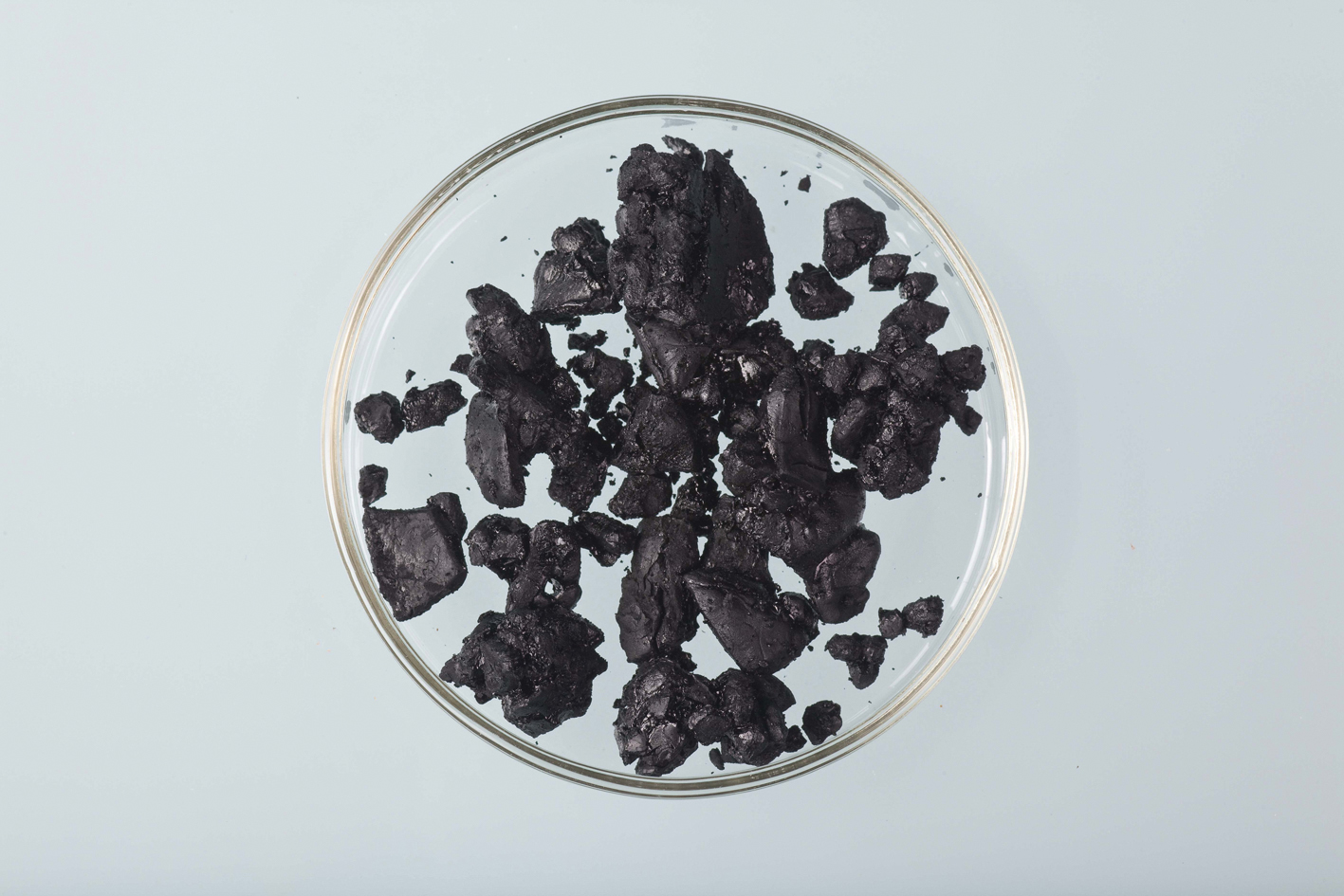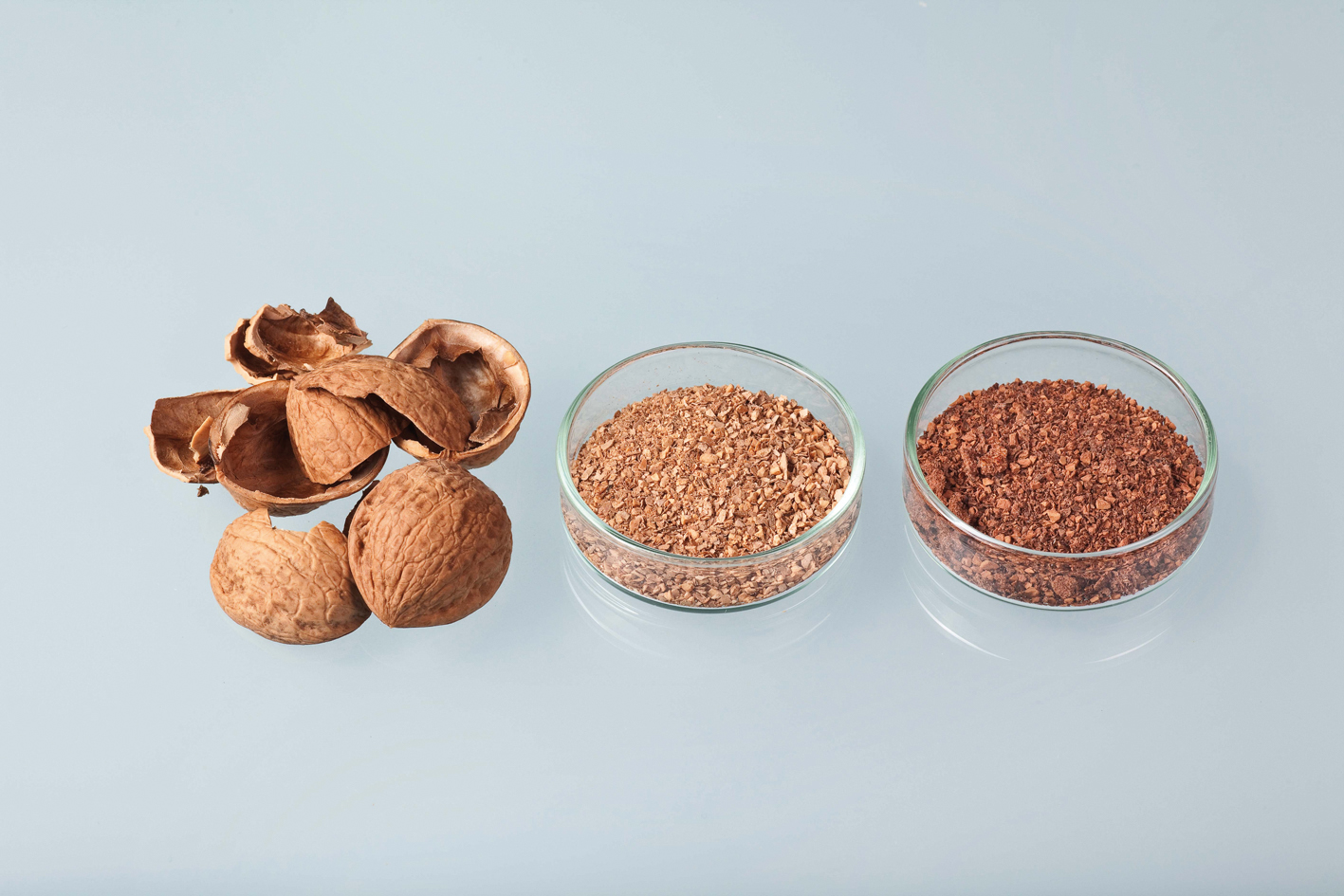| Duration: | April 2009 - March 2012 |
| Contracting Authority/ Sponsors: | German Federal Ministry of Economics and Technology (BMWi) |
| Project Partners: | Behr GmbH |
COSSAC – Development of a Continually Working, Cost-effectively Scalable Adsorption Chiller and Heat Pump in the Power Range between 2 and 20 kW
Adsorption of Alcohols on Activated Carbon for Heat Pumps
In addition to the adsorption of water, the use of alternative refrigerants such as methanol or ethanol offers interesting opportunities to drive heat pumps. The main advantage is the possibility to use source temperatures below 0 °C. Activated carbon can be used as the adsorbing medium, which we prepare in our laboratories from e.g. walnut shells or grape pips.
Water is generally used as the working fluid in commercially available adsorption chillers and heat pumps. The advantages of water are its very high heat of evaporation and its nontoxicity. Nevertheless, its high freezing temperature compared to that of organic refrigerants and the low vapour pressure at low temperatures present disadvantages. They restrict its use in chillers, but also in heat pumps, to applications with temperatures above 0 °C on the low-temperature side. However, the temperature range below 0 °C is very interesting, particularly for heat pump applications, as the equipment complexity and thus investment costs can be significantly reduced if air is used as the low-temperature heat source. For this reason, methanol and ethanol are also being investigated at Fraunhofer ISE for use as working fluids in adsorption systems.
Adsorbents of activated carbon, which can also be produced in principle from cost-effective raw and waste biomass materials by simple and well-known processing technology, revealed great potential. Using materials which we synthesised in our laboratory, we achieved very high adsorption of the working fluid of up to 0.249 g per gram of adsorbent (operating conditions: 120 °C driving temperature, 29 °C average temperature and -5 °C evaporator temperature), compared to the values for conventional working pairs such as water/silica gel and water/zeolite. The higher vapour pressure of the alcoholic refrigerants compared to water also increases the adsorption rate, as the mass transport processes such as flow and diffusion proceed significantly faster under higher pressure gradients. As the performance of an adsorption chiller is proportional in a first approximation to the working fluid uptake, the heat of evaporation and the adsorption rate, it can be anticipated that compact equipment with a high power density can be achieved with this material combination. For technical implementation, it is essential that the materials be very stable. Initial investigations on possible decomposition reactions and the long-term stability of the organic refrigerant have delivered encouraging results; this work is still continuing for promising material combinations.

